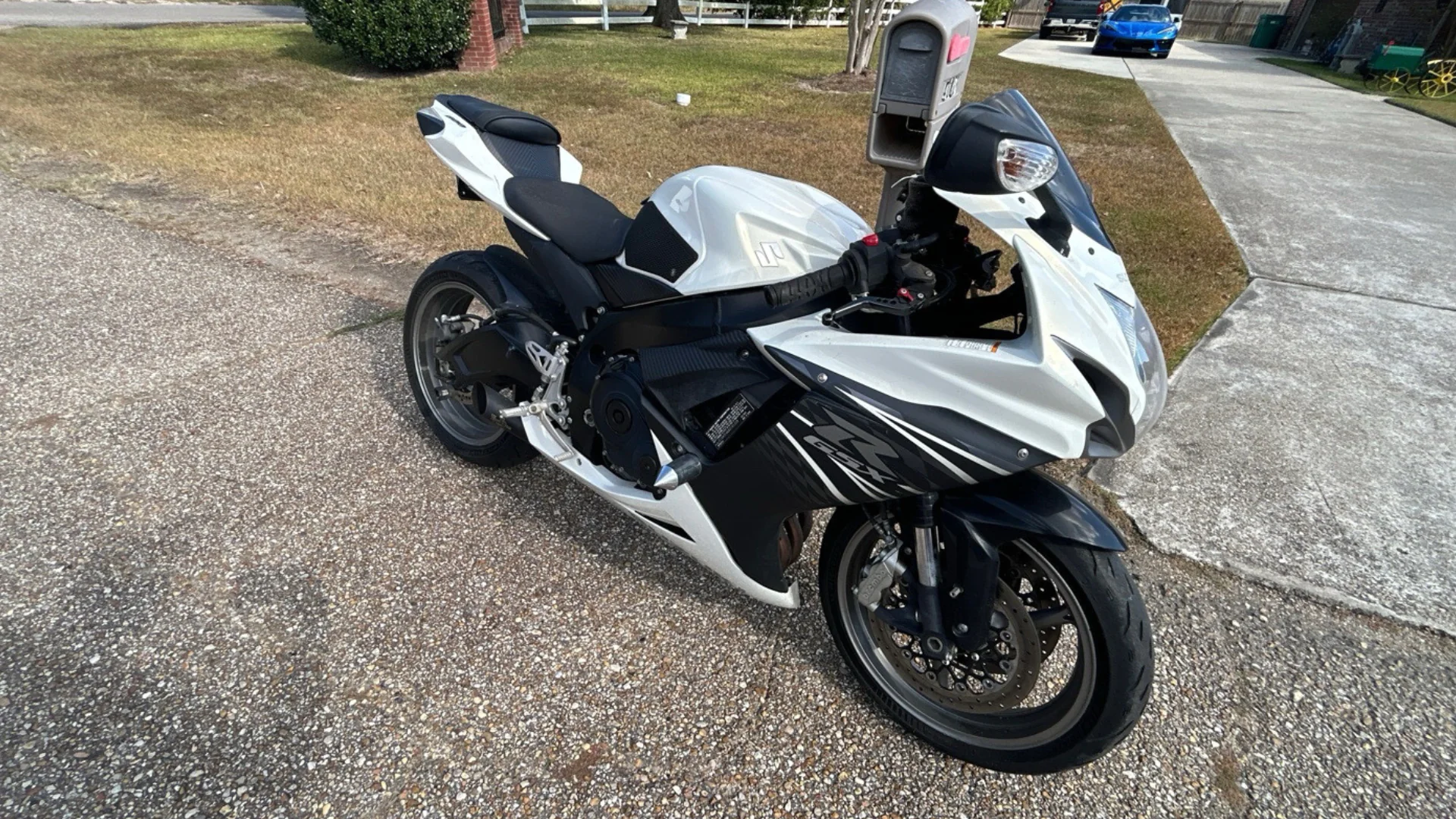The auto transport company is responsible for delivering the vehicles safely and soundly through numerous procedures. Furthermore, they are in charge of the safety of other cars and utilities on the road. Therefore, many additional measures are applied to ensure that heavy-duty vehicles arrive at their destination without hustling.
One of those necessary actions is overhanging a red flag on the carrier in certain situations, presenting a significant sign of possible threats due to its load. Although it’s good to know why transporters use all those red flags and warning signs, you don’t need to worry about any of that when you hire a reliable auto transport company to handle shipping your heavy-duty vehicle.
More details about the importance and uses of red flags in heavy-duty vehicle shipping are discussed in the article below:
Why Heavy-Duty Vehicle Transportation Requires Using Red Flags
You might have noticed a red flag hanging from a trailer carrying a heavy-duty vehicle on the highway, which represents a warning, but what for? Usually, red flags in heavy-duty vehicle transportation are used as indicators that the cargo is protruded from the carrier; this is compatible with many purposes:
Public Safety
Heavy-duty vehicle transportation might present a danger to other vehicles on the road, which calls for increasing the safety distance behind the transporter. It is crucial to raise a warning sign to other drivers through the red flags to be cautious when approaching the transporter.
Cargo Protection
Red flags in heavy-duty vehicle transportation help drivers keep their cargo safe while moving on curved, iced, and bumpy roads, showing them the end of their shipment over the mirrors to avoid accidents.
Regulations and Laws
The need for red flags in heavy-duty vehicle transportation is not optional. The Department of Transportation in different states imposes hanging them on the overloaded trailers along with other regulations. Therefore, drivers use red flags whenever necessary to avoid breaking the law and getting fined.
When Heavy-Duty Vehicle Transportation Uses Red Flags
As we mentioned earlier, red flags in heavy-duty vehicle transportation are used when a trailer is carrying a projecting heavy-duty vehicle, but this also applies to all commercial motor vehicles that are loading a projected freight.
Whether the projection is from the back of the carrier or over the sides, as long as it exceeds 4 feet, it requires hanging at least three indicators. On the other hand, if the freight is less than 2 feet wide, one indicator is enough.
How to Use Red Flags in Heavy-Duty Vehicle Transportation
As the law enforces, all types of trailers carrying heavy-duty vehicles projecting more than 4 feet should mark it with red flags. The warning signs are required to indicate the maximum hanging point, in addition to another two signs on the rear of the vehicle.
If the heavy-duty vehicle extends on either side of the trailer’s rear by 4 feet, there must be red flags on the longest points to warn other drivers. In regards to the size of the markers, they need to be at least 18 inches square, clean, and in good condition.
Other Safety Requirements for Reputed Cargo
Red flags are not the only procedure required in heavy-duty vehicle transportation, as various requirements ensure the safety of the operation and alert other vehicles on the road.
“Oversized/wide load” banners
Warning signs for heavy-duty vehicle transportation include a big banner with “OVERSIZED LOAD” or “WIDE LOAD” in bold writing on the front and back rear of the carrier. Different states require different banner sizes, but overall, the banner should be 7 feet wide, 18 inches high, with 12 inches font size. As for the banner’s color, the background should be reflective yellow with black letters on top, and it should also be high enough so that other drivers can see it.
Night Lights for heavy-duty vehicle transportation
Red flags are very noticeable in the daylight, but their visibility is doubtable when the carrier moves overnight. Hence, warning lights are required for shipment at night or in case of reduced visibility, such as foggy weather, rain, or tunnels.
The light could be either amber on the front and sides or red on the rear and rear overhangs. Moreover, the lights should be visible from 500 feet away. The locations of the lights are similar to the red flags. Some states may require flashing, rotating, or strobe lights on the top of the heavy-duty vehicle.
Conclusion
While the safety requirements for heavy-duty vehicle transportation are very alike in different states, it is essential to read and enquire about the specific regulations regarding red flags, banners, lights, and other procedures for overhanging cargo.
When transporting a heavy-duty vehicle, the safety of the surrounding drivers, the shipment, and the carrier becomes the transporter’s responsibility. However, choosing a reliable heavy-duty auto transport company is a must to ensure complete protection for the vehicle.
Tempus Logix has shipped over 30,000 vehicles across the United States, including many heavy-duty vehicles of all types, shapes, sizes, and conditions. The company has a professional team covering all aspects of the business and can easily handle auto-transport shipping.






